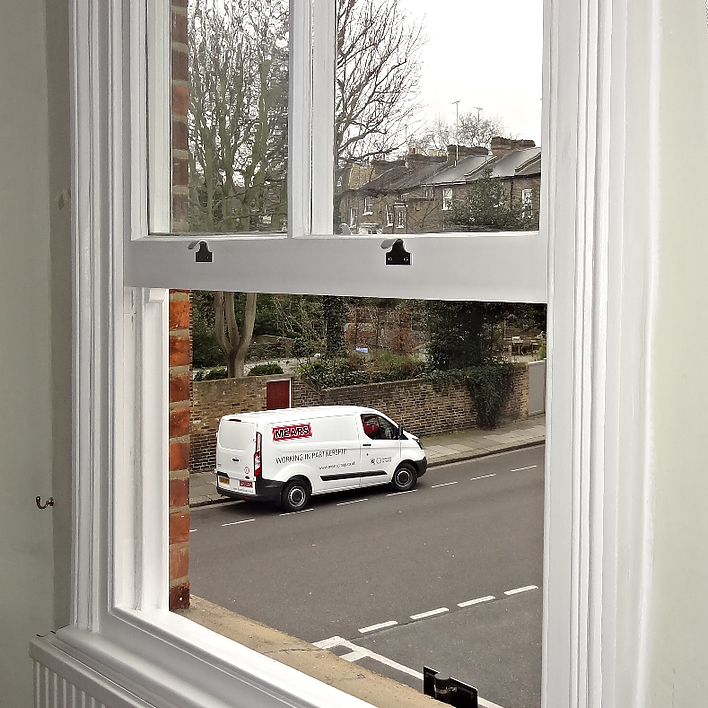







Contact us 24 hours a day!
Mortice & Green
We welcome all enquiries regarding wooden window repairs and any of our sash window services
If you simply want to know more about the types of services that we provide or perhaps you are interested in obtaining a quotation for your sash windows to be repaired or refurbished?
Please fill out the form below and we will get back to you the very same day, or the following if outside of normal office hours
Please use the following form to send us an email, We will respond to you within 24 hrs and hope that we can help in any way possible!
Head Office:
Mortice & Green
893 Great West Road
London
TW75PD
Tel: 020 7118 9191
Fax: 00442071189191
Email: hello@morticeandgreen.uk
The History of the Sash Window
Homeowners who are looking to enhance the aesthetic beauty and overall efficiency of their properties often opt to replace their windows and sliding doors. Windows are also a primary consideration when customizing new construction or restoring old units. Currently, an all new appreciation is growing for the classic, box sash window. Far more intricate than basic, modern designs, these carefully crafted units can give homes a timeless appeal. Following is everything you need to know about the history of box sash windows.
A sash window is a window that slides vertically and that has a counter-weighted mechanism that facilitates the sliding. The very first vertical window designs are believed to have been introduced in the 1600s in France, however, the counter-weighted mechanism is a development that has been attributed to the British. The major benefit of this design at the time of its inception was an increased ability to increase and control indoor ventilation. This was possible given that the bottom and top sash frames had the ability to move independently of one another.
Although people appreciated this functionality of these early window designs, there were some aspects of these products that served as serious fire hazards in certain situations. This will the case when the window frame was too close to the outside portion of the wall. As such, legislation introduced in Westminster and London during the 1700s declare that window frames and door frames could not sit any closer than nine inches to the wall. As such, the sash window invariably evolved. This legislation meant that a large majority of decorative frames were ultimately hidden by an exterior wall. Within two decades, however, the amended build was all the rage.
During the early years of this look, native oak was commonly used to fashion the glazing bars. These supports were sufficiently large and strong for protecting the fragile glass at the interior. Stronger panes of glass were introduced during the mid-1800s that were much thicker and surprisingly less costly. Once these thicker panes hit the mark, oak glazing bars became unnecessary. However, heavier window panes necessitated the use of the sash horns that are currently used for upper frame support.
In the 1800s, the aesthetics and overall construct of properties were greatly affected by the revival of the Queen Anne style. During this time, most property owners were interested in having smaller panes of glass in their windows. This transition was especially common for the upper sash. Sadly, this design would become unpopular throughout the early and mid-1900s. Moreover, many property owners believed that the counter-weighted mechanism that these structures include was simply too costly and too complex to manufacture.
Today, some people are eager to invest in the classic, timeless look that these units provide. This is especially true among property investors who are renovating or restoring old homes. If the sash window was a part of the original design, it is likely that modern owners will want to recreate this look. Due to this fact, there are still countless companies who design, repair and manufacture these units and their included, counter-weighted systems. Although they are still costly to produce, the aesthetic and functional benefits of these projects make them well worthwhile.
It is important to note that simple window styles are making their mark in the construction industry all throughout the world. Homeowners can now invest in a vast range of sleek, vinyl window styles in lieu or more expensive and difficult to maintain sash window styles. During major construction projects, such as the development of a large residential subdivision, developers are more likely to work with companies that stock vinyl than those that do not.
This is simply the most effective strategy for controlling construction costs.
There are certainly other benefits that vinyl windows can provide. For instance, these can have in-built filtration systems for ensuring that all outdoor air entering the property is relatively free of dirt, dust, dander and other common allergens. They can also have special coatings for blocking out harmful UV rays. Moreover, homeowners who invest in these designs can additionally opt for double, triple and even quadruple pane glass. These upgrades significantly increase the overall efficiency of these units and make it much easier to maintain ambient temperatures indoors. Nonetheless, the beauty of sash window designs is incredibly enduring and thus, discerning property owners throughout the world are still requesting these intricate, weighted systems in favor of standard, run-of-the-mill, vinyl designs.
For more interesting information and facts regarding sash windows please click here You will also find useful information at our sash window history page here
Head Office
Showroom






